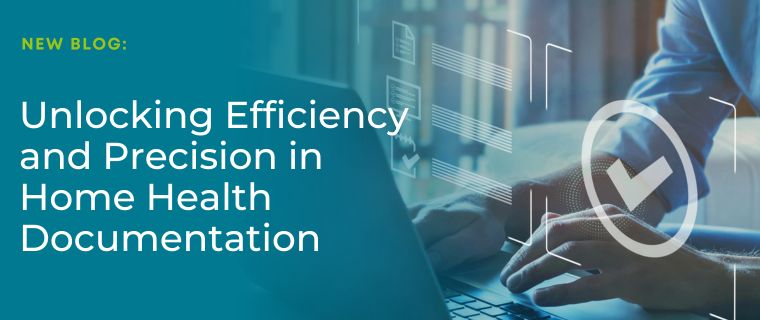Predictive analytics can be complicated. Technology that effectively initiates and leverages it makes it simple and valuable.
By Elliott Wood, Medalogix’s COO
An organization’s ability to realize predictive analytics’ value is directly related to its ability to integrate our predictive insights into their staff’s clinical workflows or operational routines. Although when this is accomplished, unparalleled value is added to the organization, we understand that the reorganization can be challenging.
For this reason, we continue our implementation process past the standard technical implementation phase. We augment a partner’s launch with a clinical track to ensure our insights motivate actions that improve care and the organization’s bottom line.
To successfully complete the implementation and go live with our solution, we help our clients:
Involve the clinical champion
Often during complex healthcare sales cycles, clinical executives are engaged and become the buying champion for the vendor during the sales process. These executives are critical to both sides of the transaction, primarily because they vouch for the value proposition the vendor has promised to provide and because they’ve learned about the technology. However, oftentimes once the deal is complete, the solution’s implementation can go into project mode. At this point, non-clinical employees may assume the champion role by default.
This can be problematic, especially with solutions like ours where we are helping alter the clinicalworkflow of the organization. Workflow reengineering requires the continued involvement from the clinical champion that was vital in the decision to purchase the solution.
To ensure our partner’s success, we help pinpoint the clinical champion from the buying process and ensure he or she remains involved through the implementation process. This way, there are no gaps in clinical or technical understanding and the technology can offer immediate success.
Sign off on the milestones
As I mentioned earlier, in the case of predictive analytics (as well as most clinical decision support solutions), the predictive insights are only valuable once acted upon. To ensure the predictive insights can be applied, they must align with a home health organization’s clinical workflows. Sometimes, like in the home health to hospice bridging process, clinical workflows may require multiple steps from multiple clinicians in multiple service lines.
We help our clients ensure their steps are formalized and documented. This way, our predictive technology can be designed around their existing processes, which will make implementation easier, and the results more pronounced.
Decide who’s accountable, and then measure
While our technology is easy to implement—we’re cloud-based so we manage the technical implantation process and service from our end—we find our home health partners appreciate our helping them create internal accountability metrics. With this in mind, we help our clients create and sign off on formal policies and procedures, which are circulated to the participating home health branches prior to going live. This document details which clinician and services line is accountable to the milestones that drive the technology process. This document also serves as the basis for training at the branches prior to go live, and is the main topic of discussion during our check-in calls post deployment.
Further, we’ve created two software enhancements on top of our predictive solutions to motivate action, enhance organizational visibility and pinpoint operational bottlenecks:
- A light weight “workflow” component which mirrors the policies and procedures documents created by the clinical champion
- An analytics feature which measures the effective use of workflow and provides visibility into the opportunities to further leverage our technology to make even more of a positive impact to the organization
Related Blogs

Medalogix Muse and the Proposed Regulatory Changes for FY 2025
Steven Shelton, MBA, MSN, RN, CHPN; Director, Clinical Services In th...

Unlocking Efficiency and Precision in Home Health Documentation
Home health teams operate in diverse and uncontrolled settings, ranging ...

Pulse Referrals & Admissions: A Q&A with Medalogix President and CEO Elliott Wood
With our new Referrals & Admissions module now available for purchas...


